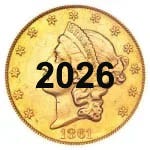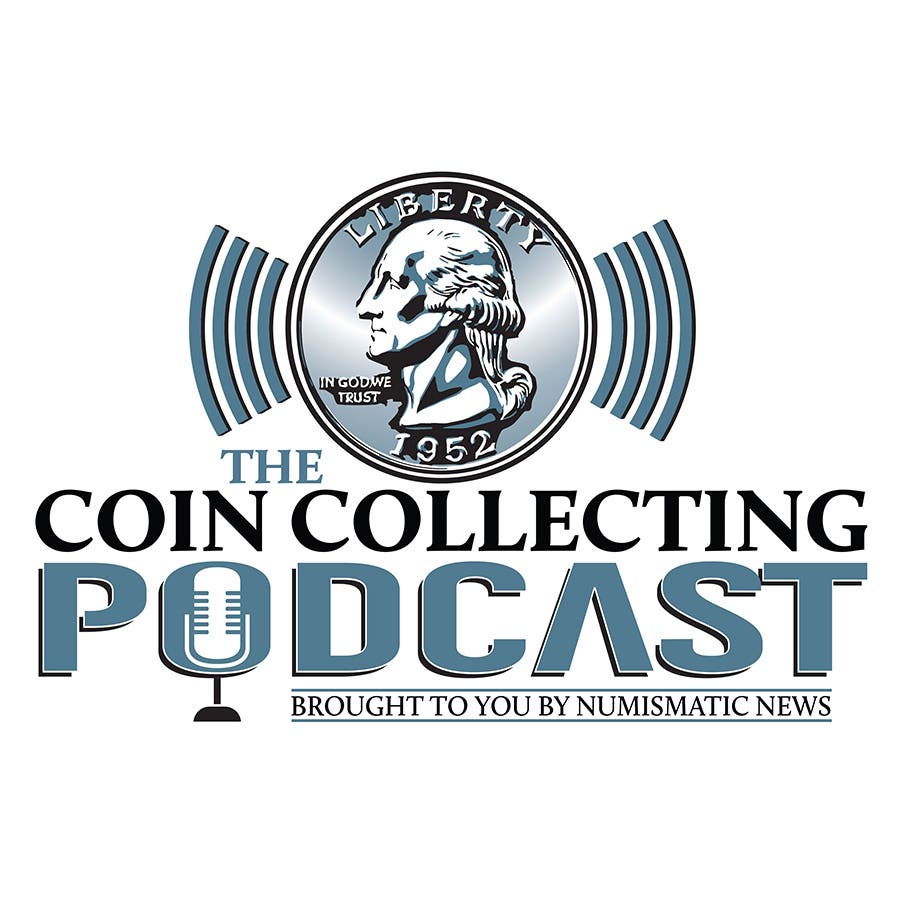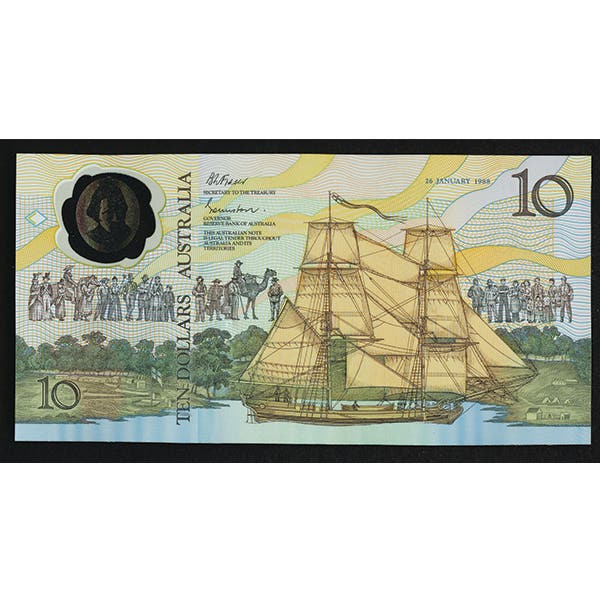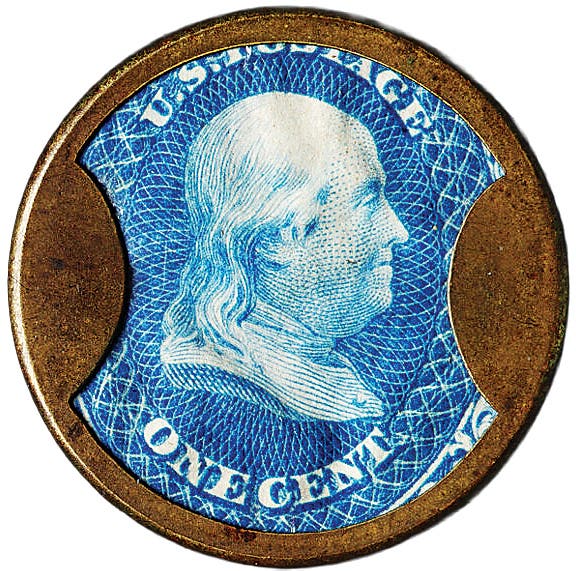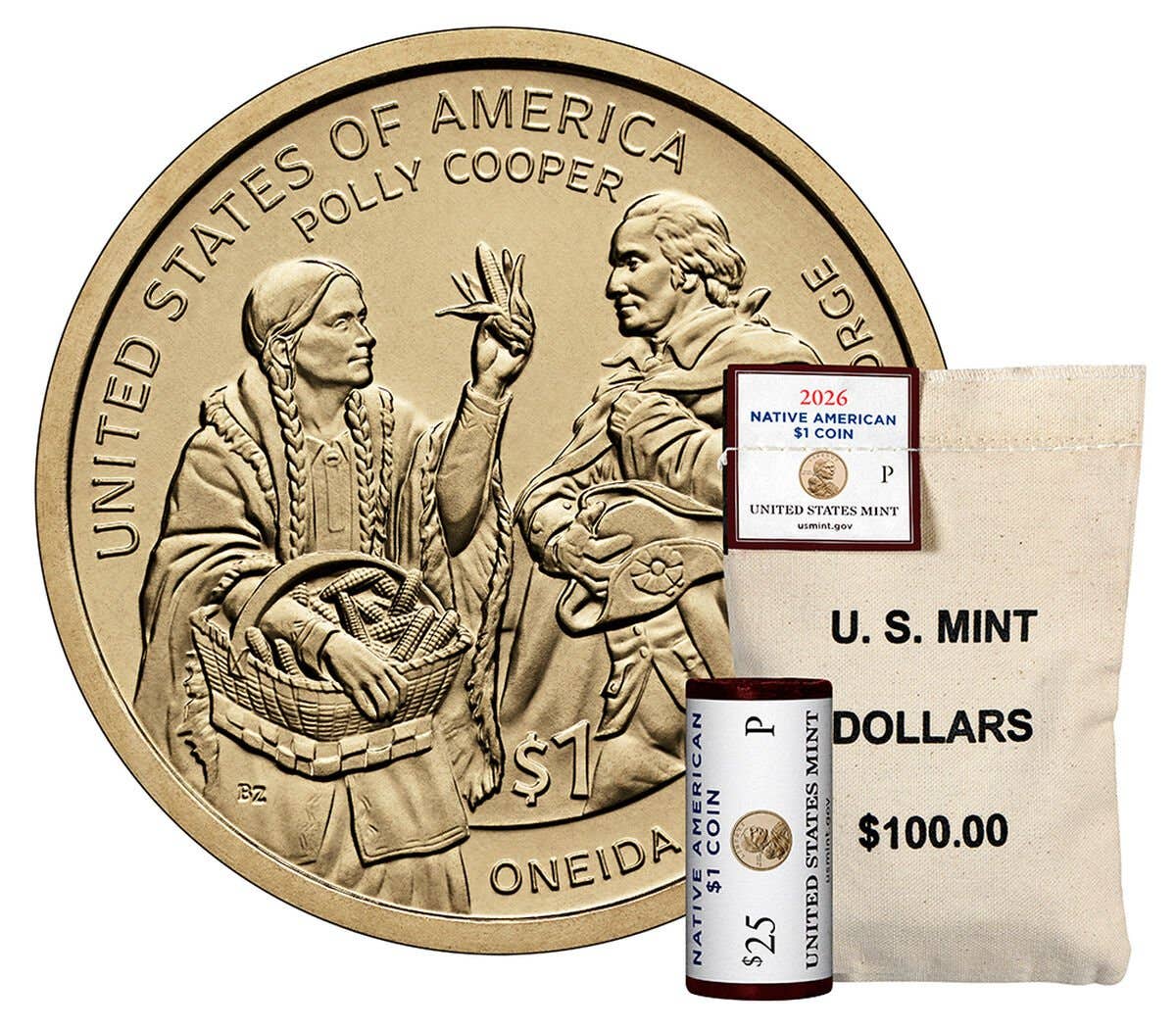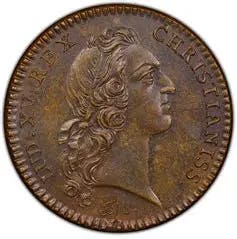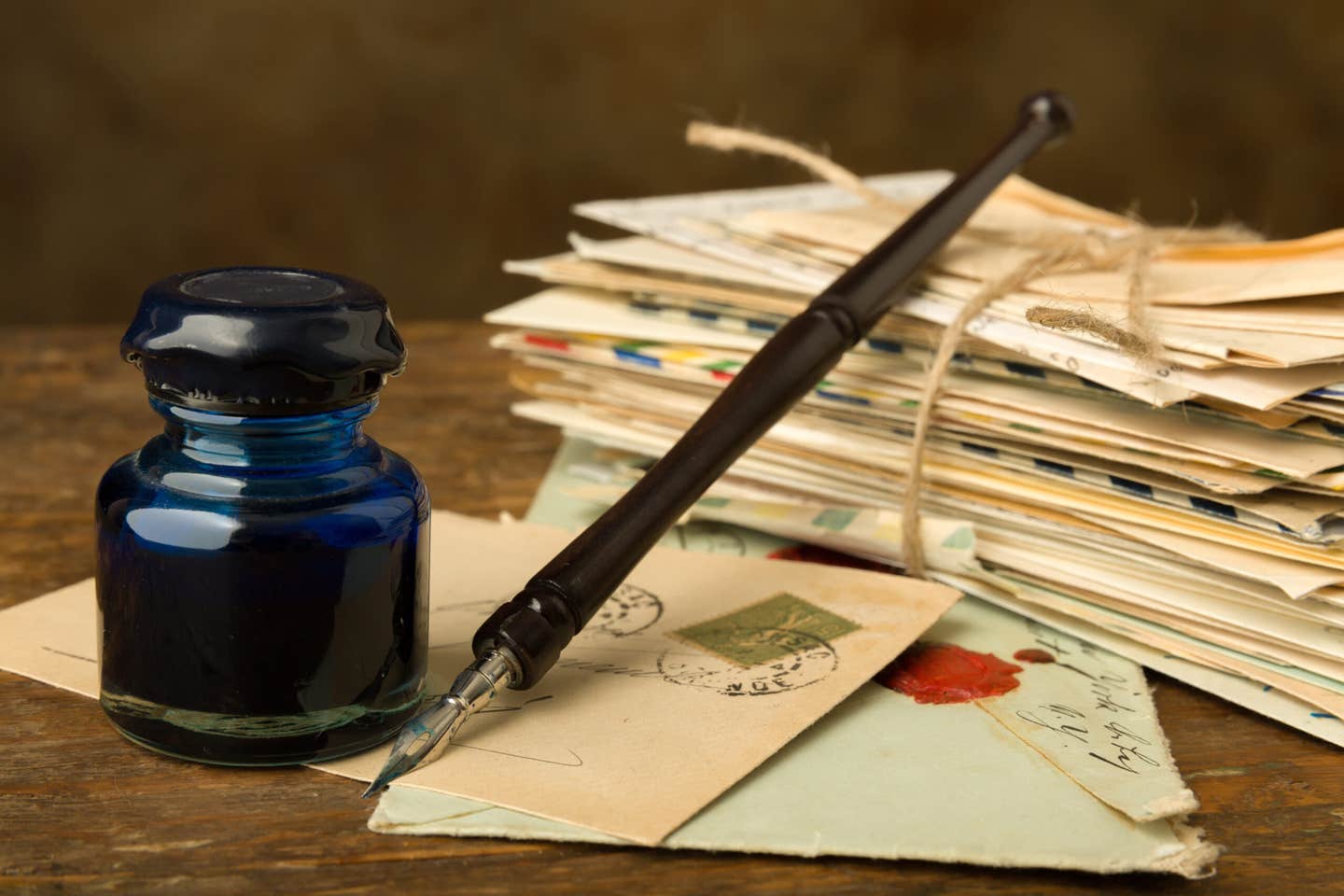Viewpoint: Buy back cents from public
As much as I dislike jumping on the bandwagon of debate on the issue of what to do about the production of U.S. one cent coins I just couldn’t resist at least throwing in my two cents worth! Or perhaps I should have said my 2.41 cents worth?
By C. Douglas Thorn
As much as I dislike jumping on the bandwagon of debate on the issue of what to do about the production of U.S. one cent coins I just couldn’t resist at least throwing in my two cents worth! Or perhaps I should have said my 2.41 cents worth?
During the period from year 2000 through the year 2010 the U.S. mint produced approximately 80.396 billion U.S. cents for a population that currently has reached approximately .3087 billion people (both figures are rounded off to make the numbers manageable for comparison). This to me indicates that everyone living in the U.S. over the last 10 years has had approximately 261 cents for their use. This of course does not include all of the U.S. cents produced in all previous years.
During a typical week I tend to have or use very few of my cents. In fact many of those who know me well might say that I typically have no cents (or perhaps they mean “no sense”?). The reason I rarely have any is because in the time honored tradition of most adult males I put them on the dresser each night when I empty my pockets. I typically only put one or two back in my pocket in the morning because I usually purchase two cups of coffee during the day and each of those costs me $1.56, so the two cents come in handy and also help to eliminate me receiving four cents in change each time (that would again end up on my dresser at night). I hope you can see where this is going.
At the end of each week I have a small pile of cents and other change that then is put into an old brass champagne bucket. Then about every six months or so I will sort through and separate the coins into sandwich bags and perhaps into rolls that I take to the bank. But usually not the cents, just because there are so many of them and they are frankly not worth the effort and time it takes to roll them. So the cents are then transferred to one of many old canvas coinage bags and then they sit in my storage room.
At approximately 5,000+ cents per bag I would estimate that I have at least 25,000 cents in the basement, apparently doing nothing except perhaps to keep the basement floor from floating upwards. I would imagine that there are hoards of cents like this all over the country.
At one point, a friend of mine who had been keeping his cents and rolling them, and putting them on a ledge in his basement (all around his basement) decided to count them. After doing so he called me to help him haul all of them out of his basement to take them to his credit union to pay off his mortgage on his home. He had over $6,000 worth of U.S. cents, or 600,000 of them (which of course was more than his share of 261 cents mentioned in the second paragraph of this tale.
Like what you're reading? Subscribe to our FREE email newsletter![form id="27827"]
So, what might we do with all of these cents that we all have tucked away in boxes, bottles, bags, drawers and socks? One answer seems quite simple to me. If the government is spending 2.41 cents to make each of them then it seems that they are each worth at least 2.41 cents. If we look at them as simply a commodity that could be bought, sold or traded then we could make a market in cents. If we could do that then the government could actually repurchase the cents that are already in existence, if they paid us more than face value for them. And the government could actually save or make money on the deal.
Here is how it might work:
The government, through the banking system and the Federal Reserve System could advertise that for each dollar’s worth of cents turned in to the bank a person would receive a non-taxable payment or credit to the depositor’s account in the amount of $1.50. So, for 100 cents you would receive $1.50. For $10 you would receive $15. And of course for $100 in cents you would receive $150.
A 50 percent return on your money is huge and actually worth the effort of counting and rolling them. My buddy with $6,000 worth of U.S, cents would have received $9,000 dollars!
The U.S. Mint would save 91 cents over production costs ($2.41 production cost minus $1.50 redemption paid equals $.91) for every 100 cents turned in. It would also save on distribution because the cents would be coming in relatively evenly to the banks based on the local population distribution. This means that the locations who needed more U.S. cents would receive more because the population base would be more.
To put this into real perspective let us look at an average of 261 cents per person (just for the last 10 years of production) for each of 308,745,538 people in the United States. If they all turned in only 200 cents (or $2 each), that equates to approximately $617,491,076.00 (representing approximately 61.7 billion cents turned in or redeemed). Even if the system paid out a 50 percent premium over face value, to get back all of those cents, the government would still save $ .91 cents over production costs for each dollars worth of cents turned in. That in turn means that instead of the government producing another $617,491,076.00 face value of new U.S. cents at a cost of approximately $1,488,153,300 (at 2.41 cents for each cent), it would only cost them approximately $926,236,000 (paying only 1.5 cents each for them). That would represent an approximate savings to the government (and the taxpayers I might add) of a grand total of $561,916,000.00 (at $ .91 cents per dollar). Oh, and by the way, I would guess that those costs will be going up more and more as time goes by!
And that my friends is a method by which we as a country can do several positive things all at the same time.
We could:
1. Reduce the costs of government by over a half a billion dollars.
2. Reward the taxpayers with a 50 percent profit when they turn back their cents.
3. Stimulate the economy to the tune of over $926 million dollars (people don’t spend cents but they would certainly spend the dollars they received).
4. Save the basements of the country from sinking under the weight of all those cents while at the same time giving a lot of good exercise to those who, like my buddy, have a lot of rolls in the basement. (Call this suggestion a little comedic relief….)
5. Recirculate all of those “saved” cents which would no doubt also put a lot of old wheat cents and even Indians and Flying Eagles back into circulation. And you all know what that means for those of us who are collectors. We could even have a field day just picking out the 90 percent copper cents that are worth more in copper than they cost to make.
6. And finally it would put an end to all of this squabbling about if we should cease production of the U.S. cent.
We don’t really need to make a lot more if we only use what has already been produced; at least for quite awhile (maybe 20 years down the road). And by then we may not be using coins anyway.
And guess what? The little mathematical exercise above is only using 200 of the 261 cents mentioned in the first paragraph, and those 261 cents are only those produced per person in about the last ten years. Think of the numbers we could reach if we included all small cents ever produced and stored and hoarded and tossed in parking lots.
Would there be abuse? Of course, isn’t that the American Way? The devil is always in the details. If it was not constructed and implemented properly then you could effectively turn in your cents, get more from the bank at face value and then turn them in again. That could be dealt with some simple controls put in place on the redemption procedures and time frame.
If I made an error of some type in my math it is because my calculator doesn’t have enough numbers across the readout, so I had to ballpark approximate numbers here and there. Sorry.
Now, with this issue solved, perhaps we can move on to the next topic?
This Viewpoint was written by C. Douglas Thom, a hobbyist who is from Salt Lake City, Utah. Viewpoint is a forum for the expression of opinion on a variety of numismatic subjects. The opinions expressed here are not necessarily those of Numismatic News. To have your opinion considered for Viewpoint, write to David C. Harper, Editor, Numismatic News, 700 E. State St., Iola, WI 54990. Send email to david.harper@fwmedia.com.
More Coin Collecting Resources:
• Subscribe to our Coin Price Guide, buy Coin Books & Coin Folders and join the NumisMaster VIP Program


